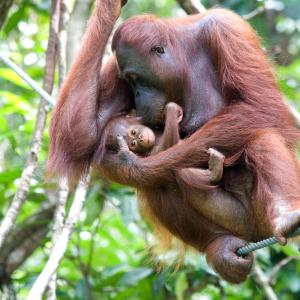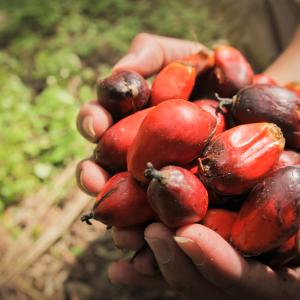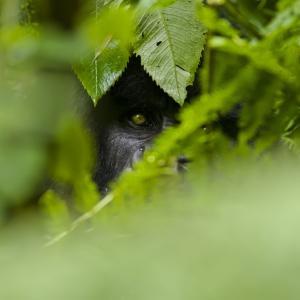
What is the issue?
Borneo is home to the critically endangered Orangutan. With population numbers around 100,000 there are huge conservation efforts being made to combat their two main threats; forest loss and hunting.
Traditionally, orangutan numbers are estimated by counting their nests from the ground, but this can be costly, and very time consuming.
What did we do?
A ground-breaking scientific collaboration between astrophysicists and ecologists from Liverpool John Moores University, HUTAN and WWF saw technology normally used to study stars being used to identify orangutans.
By using drones fitted with thermal-imaging cameras, we hope to find a better way to detect the great apes in the Bornean forest canopy using their heat signatures. An efficient alternative to the counting methods used before.
What next?
Our collaboration with Liverpool John Moores University tested the feasibility of thermal-imaging and drone technology to monitor orangutans in Sabah with great success.
The astro-ecologists are now developing a machine learning algorithm to tell animal species apart, based on their unique thermal fingerprint. It might not be long until this technology is more widely used to have a real impact on conservation – not only for orangutans but for other species too!
Watch the video here.
 Orangutans: VIPs of Asia's rainforests
Orangutans: VIPs of Asia's rainforests
 8 things to know about palm oil
8 things to know about palm oil
 Some of the most popular WWF Blogs
Some of the most popular WWF Blogs
 10 of the world's most endangered animals
10 of the world's most endangered animals